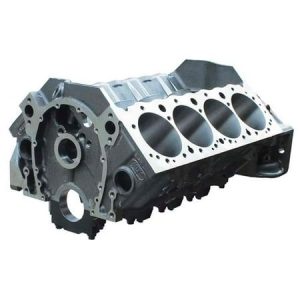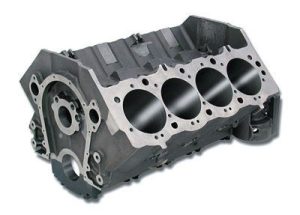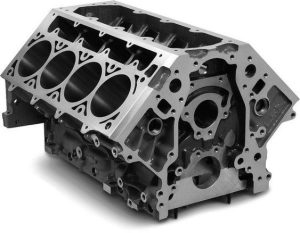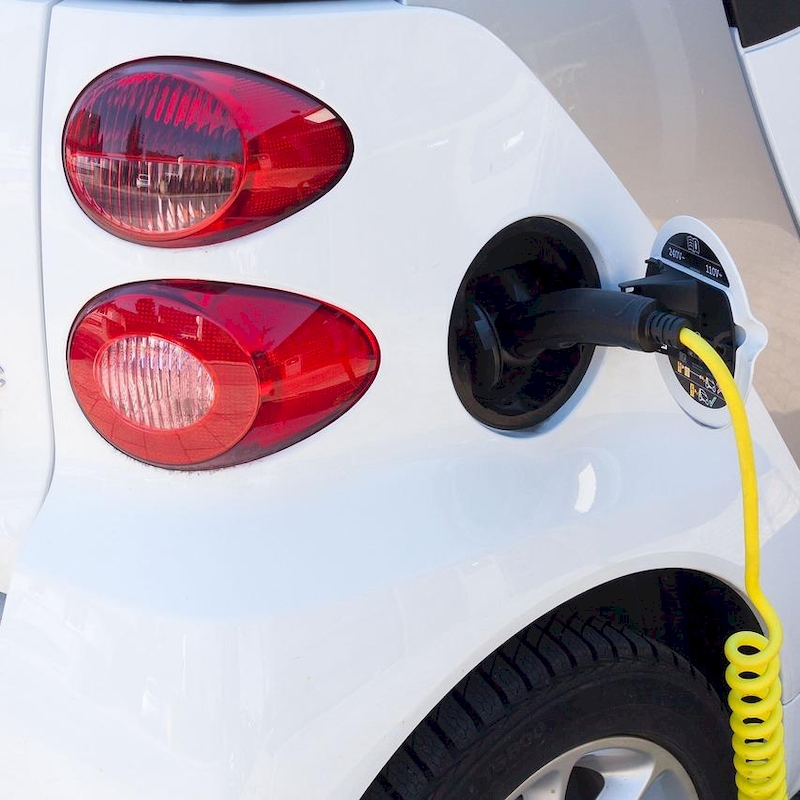The rumble of a big block engine is a sound that stirs emotions for car enthusiasts. These iconic powerplants have long been revered for their raw muscle and ability to propel vehicles with exhilarating force. But what exactly is a big block engine, and how does it differ from its smaller counterpart, the small block engine?
This comprehensive guide dives deep into the world of big block engines, exploring their history, characteristics, advantages, and applications. We’ll equip you with the knowledge to understand these legendary engines and their impact on the automotive landscape.
Unveiling the Big Block: Defining Characteristics
Big block engines are a type of internal combustion engine known for their large displacement, referring to the total volume swept by all the pistons within the engine cylinders. This translates to a larger engine block physically and a greater capacity for power generation. Here are some key characteristics of big block engines:

-
Larger Displacement: Compared to small block engines, big blocks typically have a displacement exceeding 6.0 liters (366 cubic inches). This increased volume allows for more significant airflow and fuel intake, resulting in greater power output.
-
Heavyweight Design: The bigger size of the engine block and its components naturally translates to more weight. While this can impact fuel efficiency, it also contributes to a lower center of gravity, enhancing handling in some vehicles.
-
Durable Construction: Big block engines are often built with robust materials like cast iron to withstand the increased stresses associated with higher power output. This durability makes them ideal for demanding applications.
-
Simpler Design: Compared to modern engines, big block engines often have a less complex design philosophy. This can make them easier to maintain and modify for performance enthusiasts.
A Historical Perspective: The Rise of the Big Block
The big block engine story starts in the 1950s with the growing popularity of muscle cars in the United States. Automakers like Chevrolet and Chrysler sought to develop engines that could deliver the power and performance craved by muscle car enthusiasts.

Chevrolet’s introduction of the W-series big block engine in 1958 marked a significant turning point. This engine, with displacements ranging from 348 to 427 cubic inches, quickly became a legend, powering iconic muscle cars like the Chevelle SS and Corvette.
Other manufacturers followed suit, developing their own big block engines to compete. The Ford FE engine series and Mopar’s legendary 426 Hemi engine joined the fray, further intensifying the horsepower wars of the muscle car era.
The dominance of big block engines continued through the 1960s and early 1970s. However, stricter emission regulations and the 1973 oil crisis led to a decline in big block popularity. Automakers shifted their focus towards smaller, more fuel-efficient engines.
Big Block vs. Small Block: A Tale of Two Engines
While big block engines reign supreme in terms of raw power, they aren’t the only option. Here’s a breakdown of how big block engines compare to their smaller counterparts:
-
Power: Big blocks take the crown for power output. Their larger displacement allows them to generate significantly more horsepower and torque, ideal for high-performance applications.
-
Fuel Efficiency: Due to their larger size and higher power output, big block engines tend to be less fuel-efficient than small block engines.
-
Weight: The substantial size of big block engines adds weight to the vehicle, potentially impacting handling and fuel efficiency.
-
Cost: Big block engines are generally more expensive to purchase and maintain compared to small block engines.
-
Complexity: Modern small block engines often incorporate advanced technologies for improved efficiency and performance. Big blocks, on the other hand, typically have a simpler design.
Beyond Muscle Cars: Applications for Big Block Engines
While synonymous with muscle cars, big block engines have applications beyond the drag strip and street racing. Here are some other areas where big block engines are used:

-
Trucks and SUVs: Big block engines can provide the towing and hauling capacity needed for heavy-duty trucks and SUVs.
-
Marine Applications: Their robust construction and high power output make big block engines suitable for powering boats.
-
Industrial Applications: Big block engines can be found in industrial equipment requiring high levels of torque and power.
-
Performance Enthusiasts: The aftermarket offers various performance upgrades for big block engines, making them popular choices for custom builds and restoration projects.
Considering a Big Block Engine? Here’s What to Know
If the allure of raw power and classic muscle car vibes resonates with you, a big block engine might be an exciting option. However, before diving in, consider these factors:

-
Fuel Costs: The lower fuel efficiency of big block engines can translate to higher operating costs.
-
Vehicle Compatibility: Not all vehicles can accommodate the size and weight of a big block engine. Ensure your chosen engine is compatible with your vehicle’s chassis and drivetrain.
-
Maintenance Needs: Big block engines might require more frequent maintenance compared to modern engines. Factor in the cost and availability of parts.
-
Driving Style: If fuel efficiency and everyday practicality are priorities, a small block engine might be a better fit. Big blocks are best suited for those who prioritize power and exhilarating performance.
The Future of Big Blocks: Evolution and Preservation
The golden age of big block engines might be behind us, but their legacy lives on. Here’s a glimpse into the future of big block engines:
-
Limited Production: New big block engines are a rarity in today’s automotive landscape. However, some manufacturers still offer them in limited production runs for enthusiasts.
-
Aftermarket Support: The aftermarket thrives on keeping big block engines alive. Performance parts, restoration components, and crate engines (fully assembled engines ready to install) are readily available.
-
Collectible Status: Classic cars equipped with big block engines are highly sought-after collectibles, and their value continues to rise.
-
Electric Alternatives: The rise of electric vehicles presents a challenge to traditional combustion engines. However, some enthusiasts are exploring electric conversions for big block engines, offering a glimpse of a potential future.
Embrace the Rumble: Finding Your Perfect Big Block Engine
If you’re captivated by the power and heritage of big block engines, there are numerous ways to experience them:

-
Classic Car Ownership: Owning a classic muscle car equipped with a big block engine is the ultimate way to experience its magic. However, be prepared for the associated costs and maintenance needs.
-
Project Cars: Restoring a classic car with a big block engine can be a rewarding project for enthusiasts with mechanical skills and access to parts.
-
Simulator Games: Modern racing simulators offer realistic experiences where you can virtually drive cars equipped with legendary big block engines.
-
Car Shows and Events: Immerse yourself in the world of big block engines at car shows and events where enthusiasts gather to showcase their prized muscle cars.
Fuel Your Passion: Invest in the Big Block Legacy
Big block engines represent a bygone era of automotive muscle and unbridled power. Whether you’re a seasoned enthusiast or new to the world of big blocks, there’s a way to embrace their legacy. Explore classic car ownership, delve into restoration projects, or simply appreciate these iconic engines at car shows. The rumble of a big block is a timeless reminder of the raw power and exhilarating spirit that continues to inspire car lovers worldwide.



